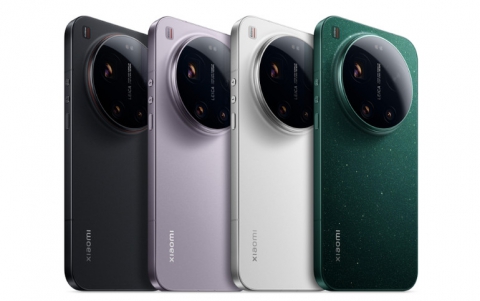
IBM Dominates in New Game Consoles
No matter whether Nintendo, Microsoft or Sony wins the video game console war, there already is one huge victor: IBM, which designed and makes the microprocessors for all three units.
As recently as 2004, IBM was struggling to attract enough outside chip-making work to cover the enormous cost of manufacturing. Sales of chips to other companies remained flat that year and chip profitability was marginal.
Using the engineering consulting work it did for Microsoft, Nintendo and Sony as a model, IBM has formed a new "technology collaboration solutions" unit that's expected to post $4 billion in revenue this year. Internal projections call for that division to hit $10 billion by 2010 and $20 billion by 2015.
IBM executives credit their deals for the three game consoles to key decisions that date to the 1990s.
One was a plan to aggressively redesign IBM chips.
While previous generations of chips were always tuned to generate faster and faster processing cycles (known as clock speed, measured in megahertz and now gigahertz), IBM pushed a "multicore" design that stresses the efficiency of multiple factors, such as power consumption or graphics rendering. The setup also enables more flexibility to customize chips for particular customers' needs.
The customized "Power" chips that IBM made for the Microsoft and Nintendo consoles, as well as the "Cell" chip that IBM, Sony and Toshiba jointly created for Sony's PlayStation, all use multiple cores. Cell has nine such processing engines.
While IBM poured money into upgrading its chip-making capabilities -- including improvements at its factory in East Fishkill, N.Y., that has gotten $3 billion from company coffers -- it also formed chip-investment partnerships with other companies. Sony, for example, put $325 million into Fishkill in 2004.
The partnerships let IBM leverage a bigger pool of research and development money than it could have spent on its own. And the deals helped insulate the company from the expensive volatility that plagues the chip business. Some of the IBM-designed game chips are actually made by Sony, and others are handled by Chartered Semiconductor Manufacturing, lessening IBM's exposure to swings in production cycles.
The financial benefits from these changes allowed IBM to shrug off last year's decision by Apple Computer to stop using IBM chips in its laptops and buy processors instead from the world's top manufacturer, Intel.
Even more important, executives say, the company's efforts to design chips for the very high demands of video games have given IBM a portfolio of chip technologies it can apply to many other systems, including computers for medical imaging, defense and complex simulations.
Using the engineering consulting work it did for Microsoft, Nintendo and Sony as a model, IBM has formed a new "technology collaboration solutions" unit that's expected to post $4 billion in revenue this year. Internal projections call for that division to hit $10 billion by 2010 and $20 billion by 2015.
IBM executives credit their deals for the three game consoles to key decisions that date to the 1990s.
One was a plan to aggressively redesign IBM chips.
While previous generations of chips were always tuned to generate faster and faster processing cycles (known as clock speed, measured in megahertz and now gigahertz), IBM pushed a "multicore" design that stresses the efficiency of multiple factors, such as power consumption or graphics rendering. The setup also enables more flexibility to customize chips for particular customers' needs.
The customized "Power" chips that IBM made for the Microsoft and Nintendo consoles, as well as the "Cell" chip that IBM, Sony and Toshiba jointly created for Sony's PlayStation, all use multiple cores. Cell has nine such processing engines.
While IBM poured money into upgrading its chip-making capabilities -- including improvements at its factory in East Fishkill, N.Y., that has gotten $3 billion from company coffers -- it also formed chip-investment partnerships with other companies. Sony, for example, put $325 million into Fishkill in 2004.
The partnerships let IBM leverage a bigger pool of research and development money than it could have spent on its own. And the deals helped insulate the company from the expensive volatility that plagues the chip business. Some of the IBM-designed game chips are actually made by Sony, and others are handled by Chartered Semiconductor Manufacturing, lessening IBM's exposure to swings in production cycles.
The financial benefits from these changes allowed IBM to shrug off last year's decision by Apple Computer to stop using IBM chips in its laptops and buy processors instead from the world's top manufacturer, Intel.
Even more important, executives say, the company's efforts to design chips for the very high demands of video games have given IBM a portfolio of chip technologies it can apply to many other systems, including computers for medical imaging, defense and complex simulations.





















